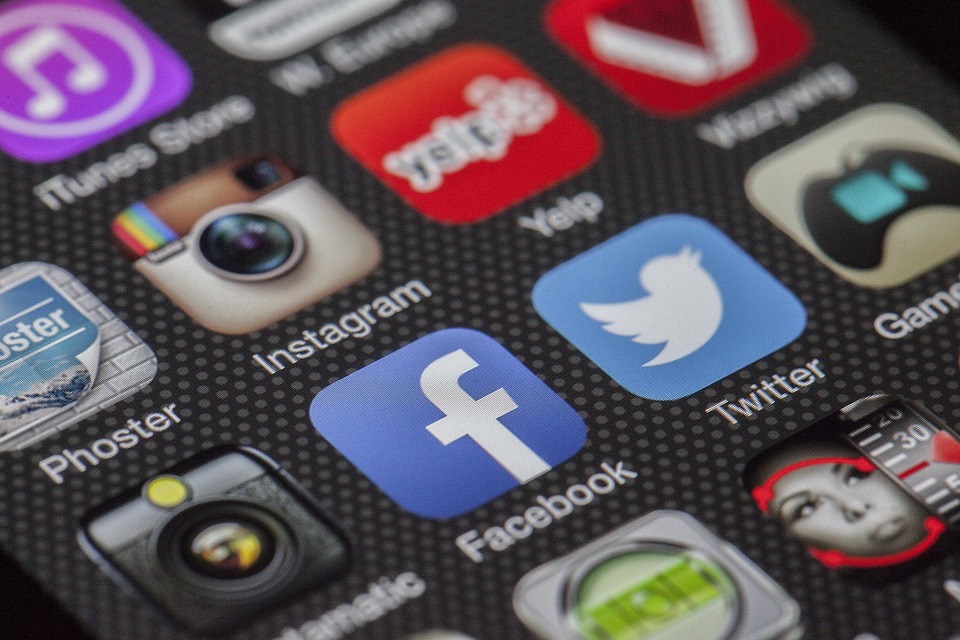Art and technology have always had a symbiotic relationship, with new advancements in technology often influencing and shaping the way art is created and consumed. In recent years, we have seen a significant shift in the entertainment industry as a result of innovative technological developments. From virtual reality to artificial intelligence, these advancements are transforming the way we experience and interact with art and entertainment.
Virtual Reality and Augmented Reality
One of the most significant technological innovations to impact the entertainment industry is virtual reality (VR) and augmented reality (AR). These immersive technologies have revolutionized the way we experience art, allowing for interactive and multisensory experiences that were previously unimaginable. Whether it’s exploring a virtual art gallery or taking a tour of a historical site through AR, these technologies have opened up new possibilities for artists and creators to engage with their audiences in a more meaningful way.
Artificial Intelligence and Machine Learning
Artificial intelligence (AI) and machine learning have also made significant strides in the entertainment industry. From personalized recommendations on streaming platforms to the creation of AI-generated art and music, these technologies are shaping the way we discover and consume art. AI is also being used to enhance storytelling in film and television, with the ability to generate realistic virtual characters and realistic environments that were once only possible with large budgets and extensive production resources.
Blockchain and Digital Art
Blockchain technology has also had a notable impact on the art world, particularly in the realm of digital art and NFTs (non-fungible tokens). This technology has provided artists with a new way to authenticate and sell their digital creations, while also allowing for greater transparency and provenance in the art market. NFTs have opened up new revenue streams for artists and have created a digital art market that is accessible to a global audience.
The Shift to Digital Distribution
The rise of streaming services and digital distribution platforms has transformed the way we consume entertainment. With the shift away from traditional physical media, artists and creators are now able to reach a wider audience and have more control over the distribution of their work. This has also led to new opportunities for independent artists and creators to showcase their work and connect with fans on a global scale.
Conclusion
As technology continues to evolve, it will undoubtedly have a profound impact on the art and entertainment industry. From immersive experiences to AI-generated content, these innovations are reshaping the way we create, consume, and interact with art. While there are challenges and concerns that come with these advancements, the intersection of art and technology presents countless opportunities for artists and creators to push the boundaries of what is possible and deliver new and exciting experiences to audiences around the world.
FAQs
How is technology impacting the art world?
Technology is impacting the art world by providing new tools and platforms for artists to create and share their work. From virtual reality to AI-generated art, these advancements are changing the way we experience and interact with art.
What are the potential benefits and challenges of the intersection of art and technology?
The potential benefits include new opportunities for creativity, expanded access to art, and enhanced experiences for audiences. However, there are also challenges such as concerns about authenticity and the impact on traditional art forms.
Why do we need to explore this intersection?
Exploring the intersection of art and technology is essential for understanding the evolving landscape of the entertainment industry and the potential for new forms of artistic expression. It also provides opportunities for artists and creators to continue pushing the boundaries of what is possible in art and entertainment.


